The London Transport Museum is a fantastic place for kids of all ages to visit. You can hop aboard vintage trams, trains, and buses, learn about the abandoned underground stations and their usage, and even get behind the wheel of your favourite vehicles with all kinds of simulators. The museum is visually stunning and showcases vehicles from all eras while being fully interactive. Situated in the heart of London, this museum is a must-see attraction for anyone visiting the city.
Table of Contents
The birth of public transport at the London Transport Museum
The London Transport Museum is one of the world’s most important public transport museums for its collection and exhibition of general transport-related material. It houses many buses, trains, posters, models, art, photographs, and films that showcase London’s public transport system and development.
PLAN YOUR TRIP TO LONDON
Prepare for your London adventure by securing the London All-Inclusive Pass, granting access to 80+ attractions, guided tours, and a Thames adventure with the Hop-On-Hop-Off Big Bus and Uber Boats by Thames Clippers.
Stay connected in the UK with a giffgaff free SIM or an Airalo eSim for data coverage throughout your London journey. And don’t forget to get Heymondo Travel Insurance, which covers any inconveniences during your trip!
Two centuries ago, London was a relatively compact city. Still, within a few years, it expanded rapidly, almost entirely unstructured. For this reason, London’s streets do not follow the grid pattern of American cities, designed from the beginning. Nor do they resemble the wide boulevards of European capitals, due to large-scale urban development plans.
London’s public transport system chaotically developed in the Victorian era without significant urban planning. Different public transport companies operated independently, while the British capital was one of the largest and wealthiest cities in the world, but with severe problems of crowding and poverty.
The London Transport Museum displays some of the oldest vehicles, including the first horse-drawn omnibuses from 1829. Visitors can even ride train and bus carriages, sometimes occupied by amusing dummies. The museum also has unique areas for children to ride on buses, trams, and underground trains from different eras.
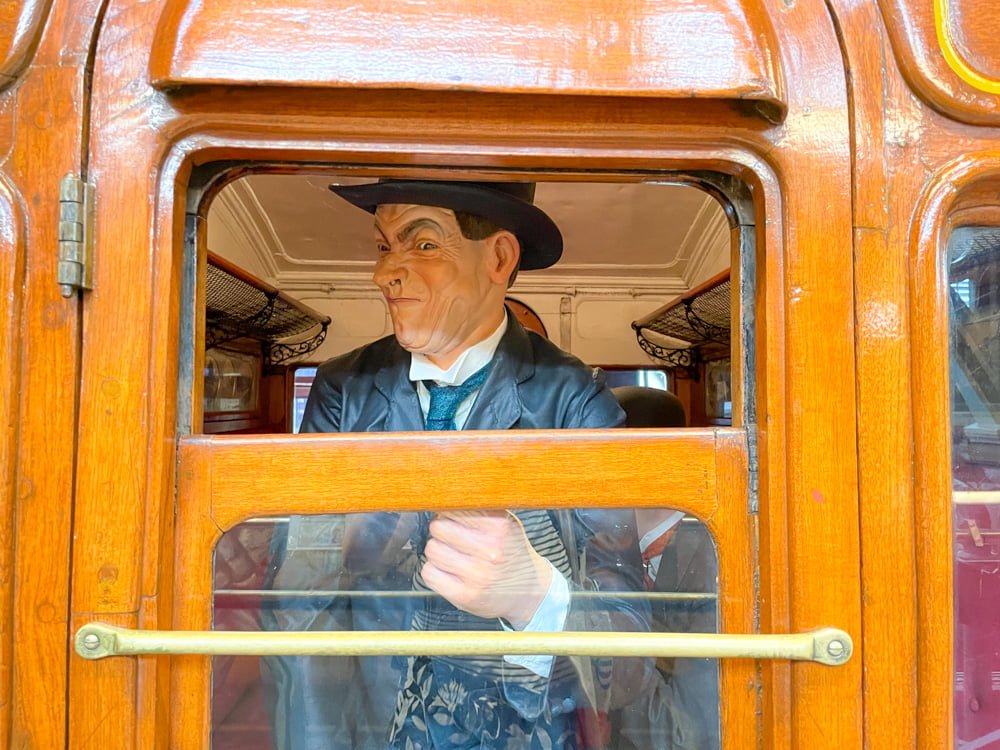
Trivia and secrets about the London Underground
Part of the London Transport Museum offers a glance at the public transport during the war. The journey takes you through Sir Winston Churchill’s secret headquarters at Down Street Station. You can explore the meeting room and telephone switchboard used to connect British government offices.
The museum showcases how some underground stations became air raid shelters during the First and Second World Wars. Exhibits display how some stations, including Baker Street Station, became so crowded that it was necessary to show permission to sleep there overnight.
The ghost station section is one of the London Transport Museum’s most exciting parts. Many underground stations have been decommissioned over the years. The UK government used some during the war, while others have been utilised creatively.
For instance, some disused stations have appeared in movies, while others became business headquarters. Meanwhile, some stations have been reclaimed by nature, such as Highgate station, where the tunnels once part of the Great Northern Railway have become a habitat for bats.
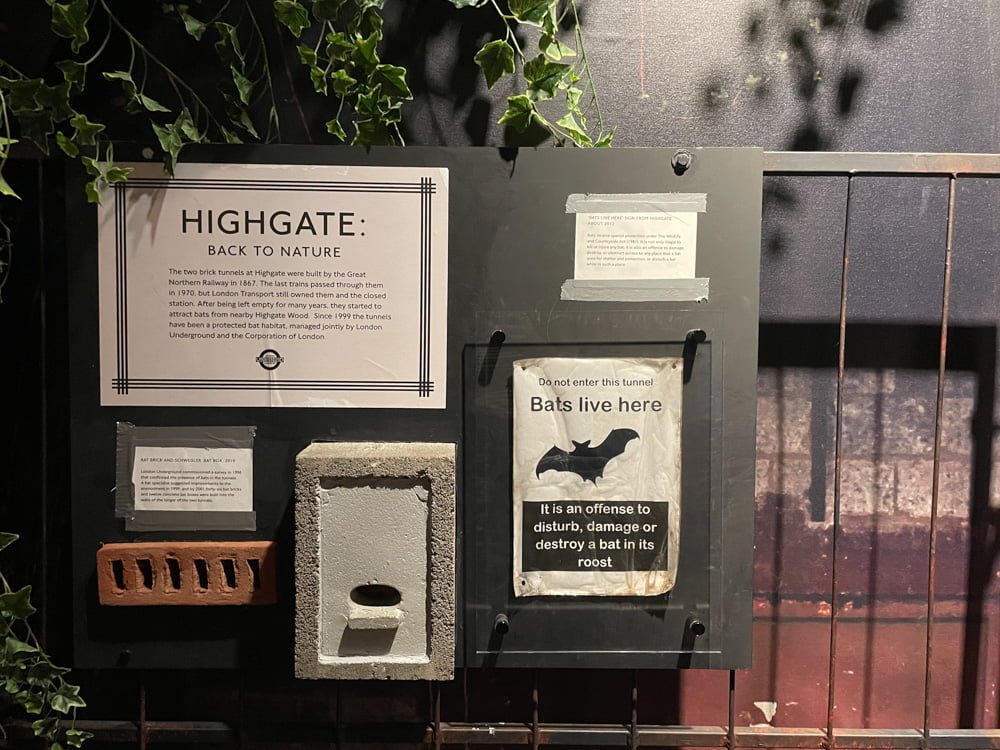
Public transport on display at the London Transport Museum
The first part of the London Transport Museum tells the story of the development of public transport in London, starting with the first water taxis and horse-drawn omnibuses.
The Thames was a significant transport route in Victorian London, with steamboats as a standard mode of transportation. Nowadays, just tourist boats cruise the river. The museum offers insights into its past as a significant transport route (and smelly sewage, as you can also discover by visiting the Crossness Pumping Station).
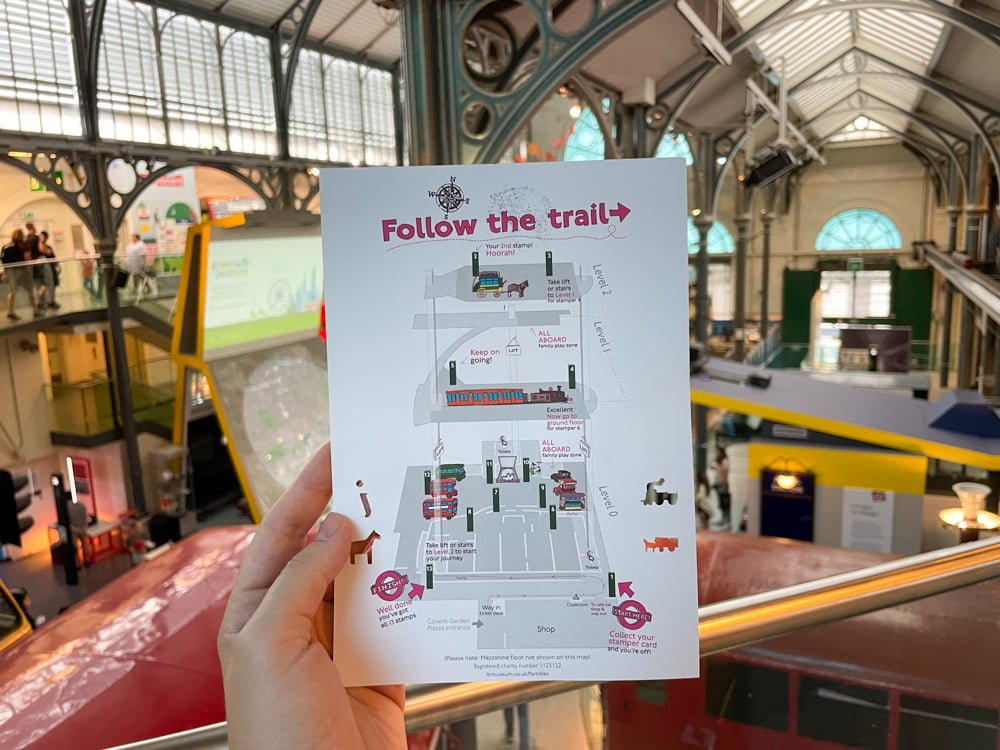
Cabs and omnibuses
The taxi, derived from the cabriolet, was the first vehicle to emerge for transportation in London. These cabs were two-wheeled and lightweight, designed for one or two people.
The omnibus, a sizeable horse-drawn carriage, is the ancestor of the modern-day bus. Introduced in London in 1828 by the carriage manufacturer George Shillibeer and modelled after the Parisian carriage, it was the first vehicle intended for public use. The name derives from the Latin ‘omni’, meaning ‘for everyone.’
The omnibus system was highly successful, and public carriages soon clogged the streets of London. In 1856, most of these independent operators merged to form the London General Omnibus Company, which became the largest bus company in the world.
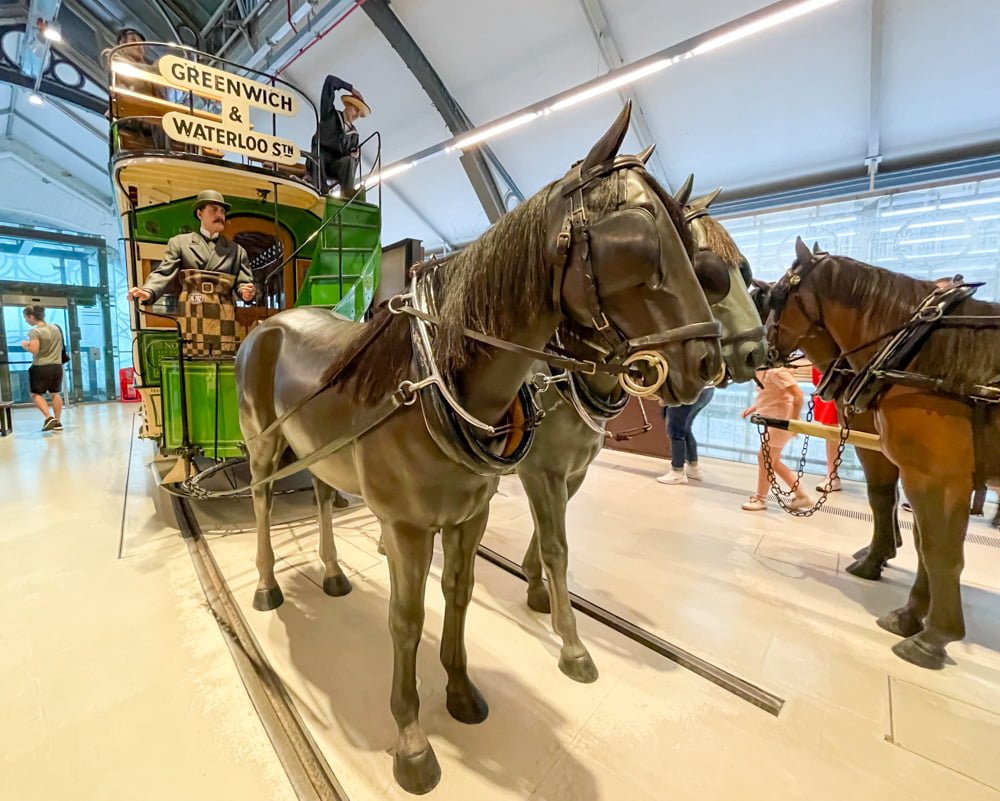
Horse-drawn trams
The London Transport Museum also showcases an actual horse-drawn tram. These trams gained popularity because regular omnibuses could only carry up to 26 passengers, including those on the roof.
By placing the bus on rails, a pair of horses could pull much larger and heavier vehicles. The friction between the rail and the wheel is much less than the friction between the road and the tires, as explained in the museum.
Underground
During the Industrial Revolution, London’s public transport underwent a significant transformation with the introduction of steam and the construction of the underground railway network. The underground railway network, known as the Tube, is the world’s oldest and most extensive network.
The London Transport Museum dedicates a considerable part to the Tube. There, visitors can sit in vintage carriages and see the steam locomotive used to pull them. However, with the advancement of technology, electric locomotives replaced all the old steam engines, solving the problems of smoke and grime.
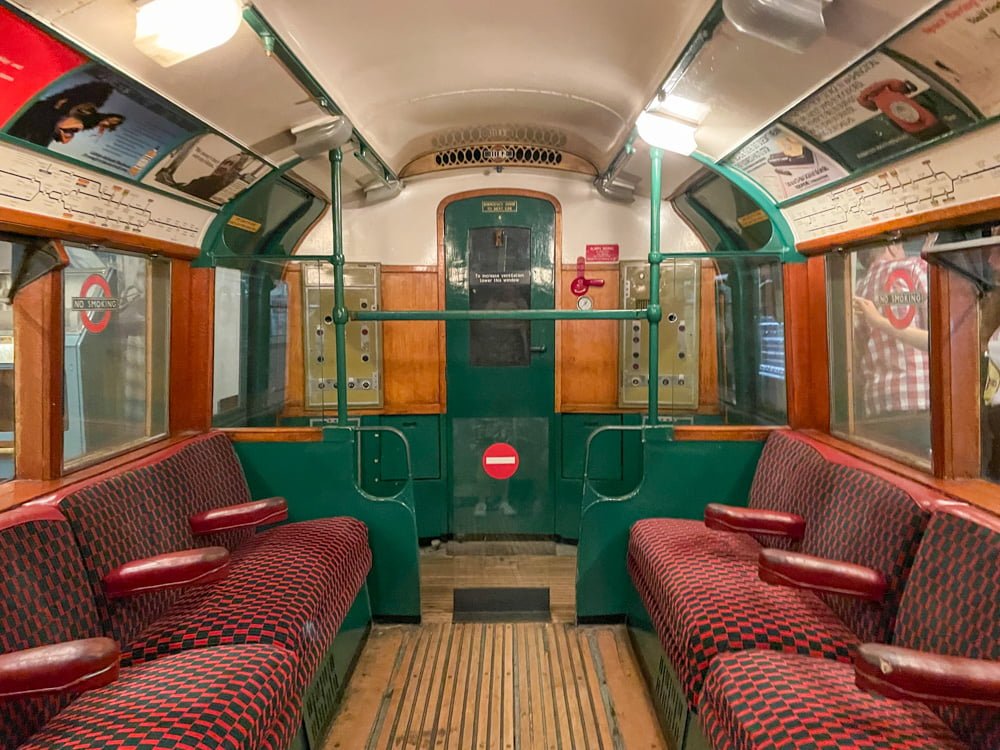
Modern buses and trams
On the ground floor of the London Transport Museum, you can find ‘modern’ public transport vehicles such as motor buses and electric trams.
The electrification of London’s tram and underground network began in the early 1900s alongside the expansion of the British capital into the suburbs, which are now part of the city. Meanwhile, the first double-decker motor buses replaced the expensive horse-drawn omnibuses, eventually becoming iconic double-deckers.
The museum’s children’s area allows kids to board actual buses and trams from various eras and pretend to drive them. Some vehicles have accurate driving simulators, while others feature colour-changing traffic lights. The best part is that these vehicles are accessible to visitors, allowing them to hop on and get a feel for what they are like.

Practical information for visiting the London Transport Museum
There is a lot to explore at the London Transport Museum. Each exhibition area tells the story of London’s public transport history, including the impact of Caribbean immigration, gender equality, two world wars and technological advances. Here are some tips and helpful information for planning a visit to the museum.
The museum is mainly for children, so be prepared for crowds, especially during holidays. Upon arrival, children receive a map to stamp in each thematic area.
From steam trains to electric trams, visitors can explore everything on display. The chronological route starts on the second level and works its way down.
A section of the museum exhibits London’s disused underground stations and secret headquarters during the wars. Following the map is the best way to miss nothing.
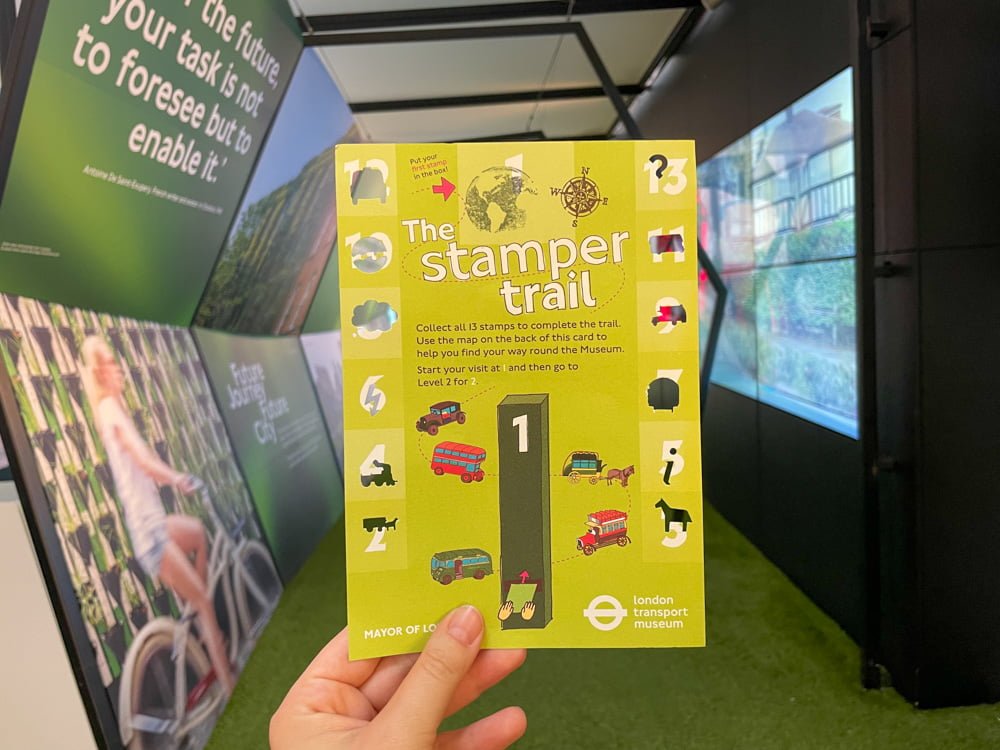
Public transport-themed play areas for children
There are several children’s play areas in the London Transport Museum, all with a public transport theme. If you are visiting the museum with children, this is a great way to get some rest, as you’ll go back and forth over and over again across all three museum floors.
In the play areas, there are tools for playing bus repair, a lost luggage office, and buses with foam cushions to jump and climb on. These spaces are designed for children of all ages. There are also areas suitable for toddlers, with foam cushions. Others have toys to impersonate London’s public transport workers.
Older kids will love bus, tram and underground driving simulators and collecting stamps on their maps. The London Transport Museum amazed me with how good it is for children and, at the same time, how enjoyable it is for adults.
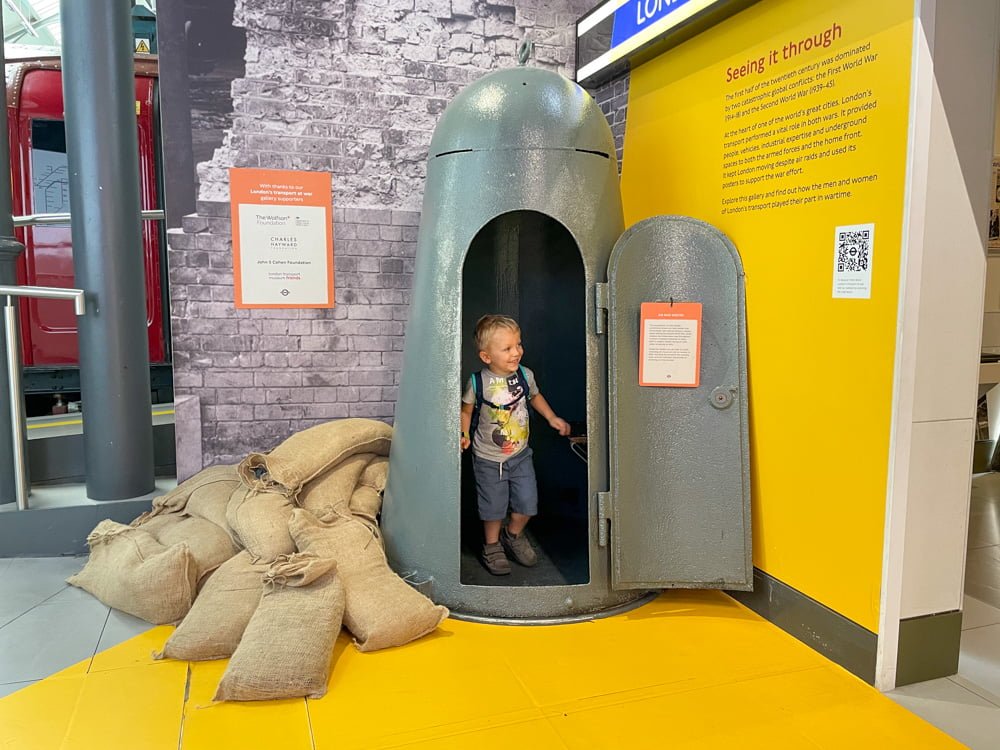
Memories to take home: the gift shop
Before leaving the London Transport Museum, check out the gift shop. It’s one of the most beautiful museum shops around. Apart from a great collection of themed children’s books, you can also find a variety of model trains that are compatible with Brio wooden trains, available in the colours of the Tube lines.
It’s probably the best gift shop ever, with gifts suitable for every person. You can also order furniture such as sofas and armchairs lined with the carpeted fabric of present and past Tube lines. The gift shop also has books, clothing, and many public transport-themed accessories.
I recommend taking a tour of the London Transport Museum gift shop if you’re in Covent Garden, even if you aren’t planning to visit the museum, as it’s worth a visit.

Tickets and opening hours of the London Transport Museum
The museum is open daily from 10 am to 6 pm, with the last admission at 5 pm. Children and young people under 17 are free of charge but require a free admission ticket. Adults pay £24/€28.
Like several other paid museums in England, the London Transport Museum has an annual pass formula. That means you can use your ticket for free again in the next 12 months.
The price might seem high to a tourist, but it is very affordable if you plan to return within the year. And if you’re travelling with children and plan to return to London, you’ll likely be asked to come back.
I recommend to buy your tickets online and reserving your entry time slot, as they sell out quickly. You can then convert your online ticket into an annual pass at the museum. Buying tickets online also will help you avoid queuing.
If you plan to visit the London Transport Museum during the school holidays, check availability on the calendar below. Britons and Londoners usually book activities months in advance!
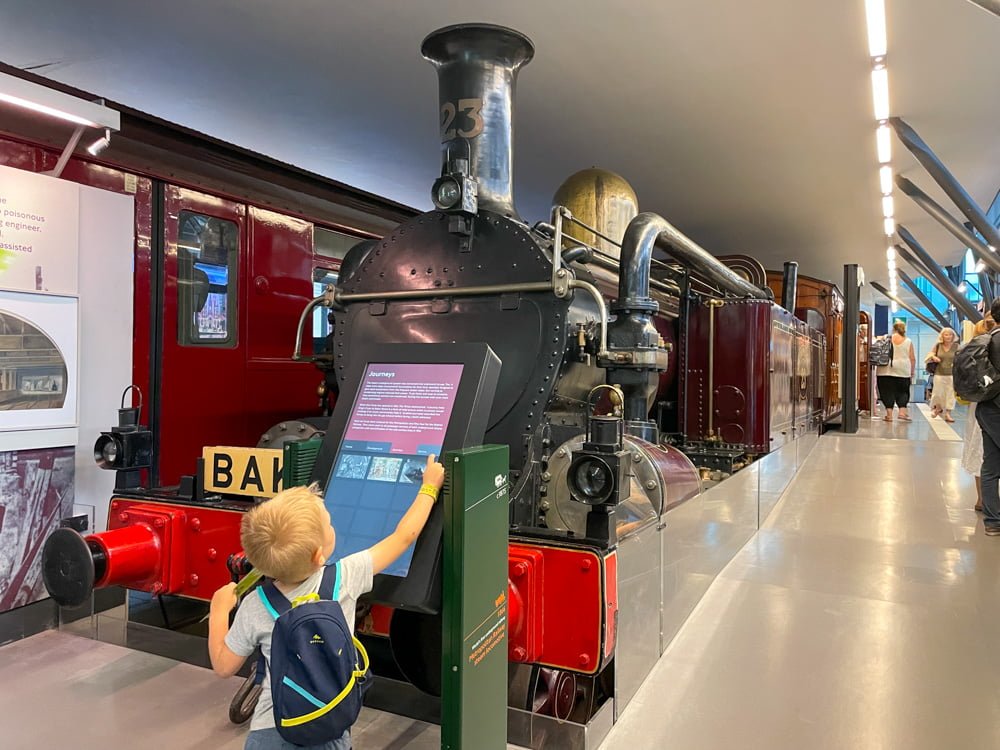
How to get to the London Transport Museum
The London Transport Museum is in the centre of London, Covent Garden. Promoting public transport, the museum is conveniently accessible by bus, tram, underground, train and even boat from anywhere in the British capital. Check Google Maps for the best way to reach the museum from your hotel.
On the contrary, I recommend against using a car, unless you take a taxi, because there is very little parking nearby and the hourly rate is quite expensive. Moreover, getting to the museum by public transport is a perfect way to anticipate the atmosphere you will experience as you follow the route through the various rooms.
London Transport Museum
Covent Garden Piazza
London WC2E 7BB
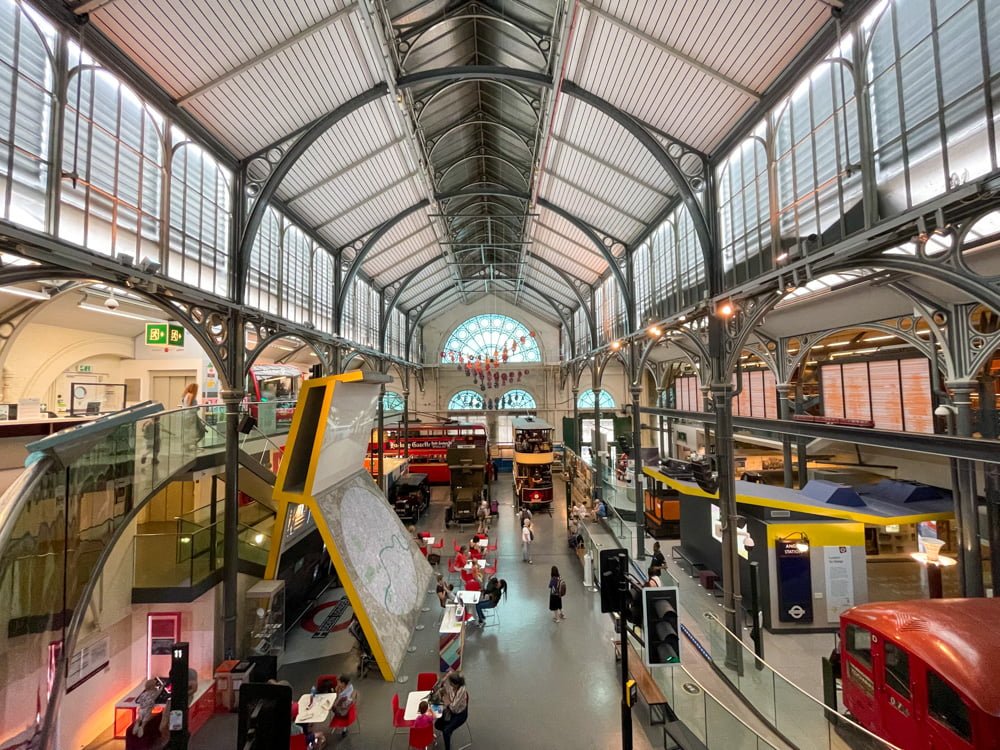
Where to stay in London
London has a wide range of accommodation, from hostels to luxurious hotels, but it can be expensive. For a luxurious stay, I highly recommend the 5-star hotel Broadwick Soho, close to Piccadilly Circus, with refined and beautifully designed rooms, a terrace and a restaurant. A great choice is also the Hampton by Hilton London Waterloo, just a 5-minute walk from Waterloo train station and conveniently located near many popular attractions. Another option, if you are looking for a nice hotel with a limited budget, is the Assembly Covent Garden, a design hotel with well-decorated rooms and sculptures, ideal for those on a budget.
Feel free to comment and share this blog post with families with children interested in visiting the London Transport Museum. You definitely don’t want them to miss out on this fantastic experience!
